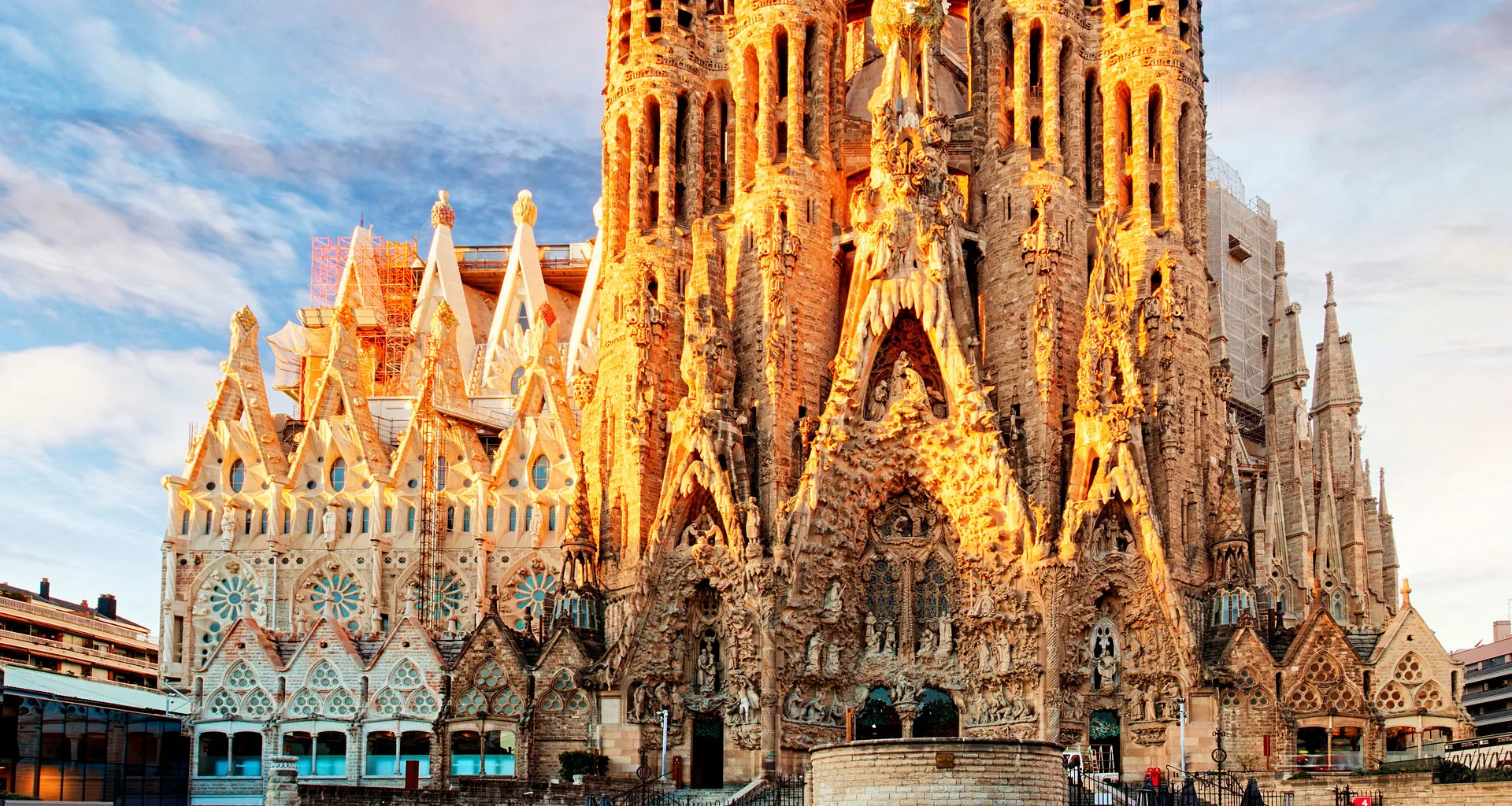
6 Reasons to Visit La Sagrada Familia in Barcelona
Antoni Gaudí once said, "Beauty is the radiance of truth." La Sagrada Familia in Barcelona radiates both beauty and authenticity. It is a monument that captivates every visitor, making it the most visited landmark in Spain.
While its exterior is imposing and awe-inspiring, its interior is equally mesmerizing. That is why a guided tour of La Sagrada Familia is an absolute must for anyone visiting Barcelona. If you're still unsure whether to uncover the secrets of Gaudí's masterpiece, keep reading, and all doubts will fade away.
1. The Most Visited Monument in Spain
Year after year, La Sagrada Familia is crowned as the most visited monument in Spain. Every year, millions of visitors flock to this architectural marvel, making it the second most visited church in Europe after St. Peter's Basilica in the Vatican.
La Sagrada Familia is the magnum opus of Antoni Gaudí, a masterpiece that reflects his artistic peak. It is an enduring symbol of Barcelona and a cornerstone of Catalan modernism that no visitor to the city should miss.
2. Still a Work in Progress
The idea of building La Sagrada Familia originated in 1866, spearheaded by bookseller Josep Maria Bocabella, who founded the Spiritual Association of Devotees of Saint Joseph to raise funds for the cause.
Construction began in 1882 under architect Francisco de Paula del Villar y Lozano. A year later, the project was handed over to a young Antoni Gaudí, then only 31 years old. Gaudí dedicated the next 43 years of his life to this grand endeavor, fully aware that the project would extend beyond his lifetime.
3. Unparalleled Architecture
Inspired by nature, Gaudí's architectural philosophy centered on mimicking its forms. According to Gaudí, "The architect of the future will imitate nature, as it is the most rational, lasting, and economical method."
This philosophy is evident throughout La Sagrada Familia, with its geometric shapes and impossible curves that create a visual spectacle unlike any other.
4. Barcelona's Sagrada Familia was the obsession of a genius
Antoni Gaudí devoted most of his life to La Sagrada Familia, investing his energy, creativity, and passion. This project became his life's obsession, where he masterfully combined all the elements that define his work.
Gaudí rarely used detailed plans, instead working from intricate three-dimensional models, shaping the details as they came to him.
5. Spectacular Stained Glass Windows
One of the most striking features of La Sagrada Familia is its colorful stained glass windows. Gaudí believed, "The sun is the best painter," and this is evident in how sunlight fills the temple, creating an ethereal and vibrant atmosphere.
Each window is unique, designed to form a harmonious yet diverse tapestry of light and color, elevating the spiritual experience for every visitor.
6. A Testament to its Ongoing Legacy
Inside La Sagrada Familia, visitors can explore the on-site museum, which offers insights into the ongoing construction and the original vision of Antoni Gaudí. Opened in 1961, the museum houses reproductions of models, plans, and historical artifacts that illuminate the project's evolution.
This museum provides a unique opportunity to witness the enduring legacy of Gaudí's creativity and ambition, which continues to inspire generations of architects and visitors alike.